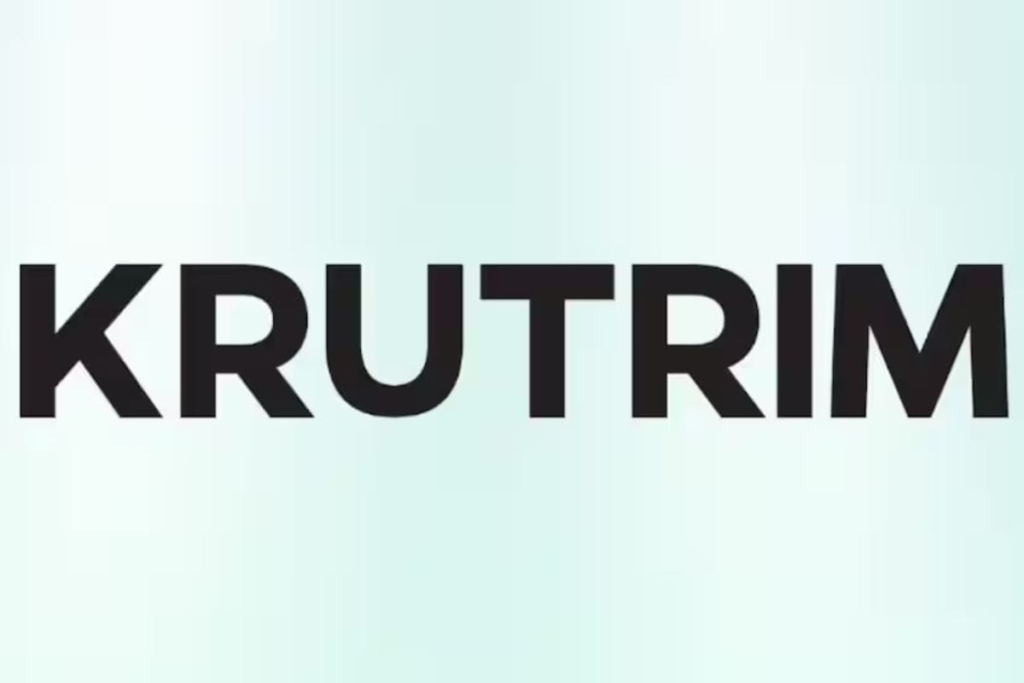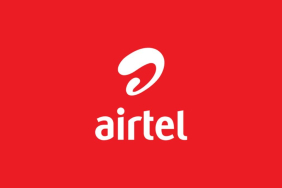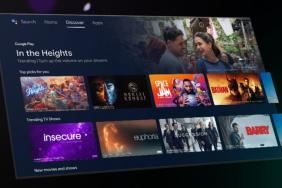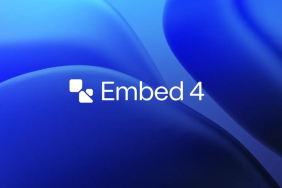On Tuesday, Bhavish Aggarwal, the founder and chairman of Ola, unveiled the Krutrim AI lab, which will serve as the primary center for future model developments for Ola Krutrim, commonly known as Krutrim. During the announcement, several new open-source artificial intelligence (AI) models tailored for the Indian market were introduced, with the standout being the Krutrim-2 AI model. Aggarwal revealed a substantial investment commitment of Rs. 2,000 crores for Krutrim, with an additional pledge of Rs. 10,000 crores to follow within the coming year.
Krutrim AI Lab and New Models Released
In a recent tweet, Aggarwal stated that his AI firm has been actively engaged in crafting innovative AI solutions since its inception. He shared the company’s progress over the past year and introduced a series of new open-source AI models. “Our goal is to create AI that caters specifically to India, enhancing its capabilities in Indian languages, addressing data scarcity, and taking cultural context into account,” he noted.
The Krutrim-2 model, which boasts 12 billion parameters, was highlighted as the flagship release. This advanced model succeeds the original Krutrim-1 and is built on the Mistral-NeMo-12B-Instruct architecture. Its multi-lingual capabilities allow it to generate outputs in English and 22 regional Indian languages, while supporting a context window of 128,000 tokens. The model is available for academic and research purposes through a listing on Hugging Face under the Krutrim Community License.
Additionally, the company announced the launch of Chitrarth-1, a multilingual Vision Language Model (VLM) developed on the Krutrim-7B framework. This model utilizes a SIGLIP vision encoder for the extraction and processing of visual data. According to the company, Chitrarth-1 is trained on a diverse dataset consisting of images and text in nine Indian languages, including Assamese, Bengali, Gujarati, Kannada, Malayalam, Marathi, Odia, Tamil, and Telugu, along with English.
For speech translation applications, the Dhwani-1 automatic speech recognition (ASR) model was released, capable of translating between various Indic languages and English. Supported languages include Bengali, Gujarati, Hindi, Kannada, Malayalam, Marathi, Tamil, and Telugu. It is complemented by the Krutrim Translate text translation model.
Aggarwal also introduced the Vyakyarth-1-Indic-Embedding model, a multilingual sentence-transformer designed for tasks such as semantic textual similarity, search, clustering, and classification across 100 languages. This model aims to enhance cross-lingual natural language processing (NLP) functionalities.
Furthermore, the company has developed BharatBench, a new benchmark tool designed to evaluate AI model performance specifically for Indic languages. Aggarwal explained that this benchmark uniquely captures the linguistic and cultural subtleties of India, which are often overlooked in other assessment tests.
“While we still have a long way to go to reach global benchmarks, we have made significant strides in a year. By open-sourcing our models, we aspire to foster collaboration within the Indian AI community to build a top-tier AI ecosystem,” Aggarwal remarked.
In a notable partnership, Krutrim is collaborating with Nvidia to utilize the tech giant’s Blackwell-based GB200 GPU for AI workloads, with plans to launch the infrastructure by March.






